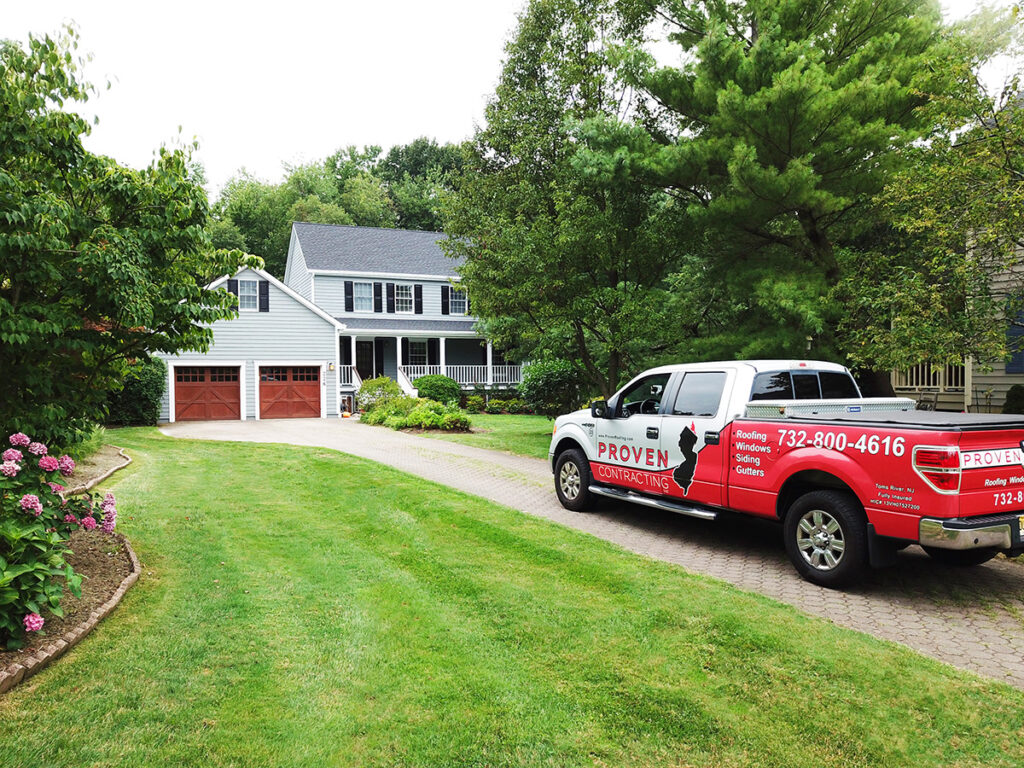History and Location of Fair Haven, New Jersey
Situated in Monmouth County, New Jersey, is the small borough of Fair Haven. Its distinct geographic location along the Navesink River and rich historical background both played a part in its growth from a rural settlement to a thriving suburban community.
Early Settlement and Development
The Lenape Native Americans first settled in what is now known as Fair Haven. They made use of the region’s rich natural resources for farming, fishing, and hunting. The rich land and advantageous location along the Navesink River attracted Dutch and English settlers, who started coming to Europe in the 17th century.
Fair Haven had grown into a small but prosperous community by the early 1700s. The river was essential to the early economy of the region because it allowed for trade and transportation. Residents of the area worked in agriculture, shipbuilding, and fishing. The easy access to the river made it possible for goods to be transported to bigger markets in New York City and other places.
In 1912, Fair Haven was officially incorporated as a borough, having previously been part of Shrewsbury Township. This incorporation marked a new phase in the community’s development, with increasing infrastructure and residential growth.
Agricultural and Maritime Economy
Fair Haven’s economy was primarily based on agriculture during the 19th century, with nearby farms producing a wide range of crops, including potatoes, corn, and apples. A sizable fishing industry was also fueled by the Navesink River, with local fishermen catching clams, oysters, and other seafood. These sectors sustained the local community and promoted trade with nearby areas, serving as the backbone of the economy.
The maritime sector, in particular the shipbuilding industry, was also very important. Small shipyards beside the river built fishing and transportation vessels. Because there was an abundance of timber and Fair Haven was connected to larger ports by navigable waterways, this industry flourished.
Suburban Growth in the 20th Century
Fair Haven saw substantial changes at the beginning of the 20th century, going from a rural village to a suburban borough. Those who work in neighboring cities like Red Bank, Long Branch, and New York City now have easier access to Fair Haven thanks to the growth of the area’s road and rail systems.
Like many other New Jersey communities, Fair Haven saw a suburban boom following World War II. Returning service members and their families were looking for quiet, kid-friendly communities, and Fair Haven’s beautiful surroundings and new housing developments drew them in. During this time, new homes, schools, and community centers were built, transforming the borough into a contemporary suburban area.
Geographic Significance
Fair Haven is situated on the northern bank of the Navesink River in eastern Monmouth County. Residents can enjoy beautiful views and easy access to water-based activities from this advantageous location. The borough is roughly 2.1 square miles in size, with Little Silver to the south, Red Bank to the west, and Rumson to the east as its borders.
Historically, Fair Haven’s geography has been shaped by the Navesink River, which has an impact on the city’s economy and way of life. The river served as a recreational resource for boating, fishing, and other water sports in addition to supporting early industries. The river still serves as a hub for the community today, adding to the borough’s unique character and natural beauty.
Fair Haven’s location also offers convenient access to major transportation routes, including the Garden State Parkway and nearby NJ Transit rail services. This connectivity has facilitated commuting to larger employment centers while allowing residents to enjoy the tranquility of suburban life.
Modern Fair Haven
Fair Haven is now renowned for its excellent schools, vibrant community, and beautifully preserved natural surroundings. There are about 6,000 people living in the borough, and they all lead happy lives in a tight-knit community. While addressing contemporary demands, the borough’s historical charm is prioritized by the local government and its citizens.
The vibrant local businesses, professional services, and retail establishments in Fair Haven all contribute to the city’s diverse economy. The borough is still trying to strike a balance between development and preservation, making sure that new construction honors the region’s natural and historical features.
Due to its riverfront location and dedication to maintaining its distinct identity, Fair Haven, New Jersey, has evolved from a rural settlement to a suburban community, as evidenced by its history and geographic significance.


